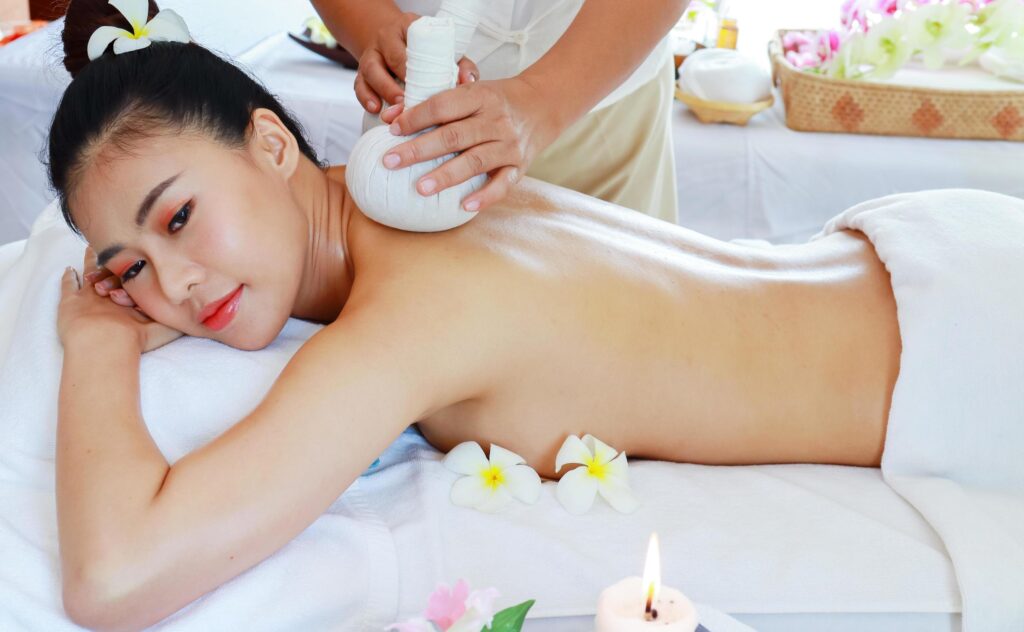Massage therapy, a practice as ancient as it is therapeutic, has evolved significantly over the centuries. Today, it has seamlessly integrated into our modern lifestyle, with services like home massage in Dubai and various massage home service options gaining popularity. This article delves into the fascinating journey of massage from its historical origins to its current status as a sought-after wellness solution.

Introduction to the story of massage
The practice of massage, a cornerstone of holistic healing and wellness, has a rich history that spans across various cultures and epochs. This article delves into the fascinating journey of massage therapy, exploring its origins, evolution, and modern-day significance. “The Story of Massage: From Past to Present” is not just about the chronological progression of techniques; it’s a narrative of how human touch has been a constant source of healing, comfort, and connection through the ages.
The Ancient Beginnings
Origins in the East
The story of massage begins in ancient civilizations where it was more than a healing technique; it was a sacred art. The earliest records of massage therapy can be traced back to 3000 BCE or earlier in countries like India, China, and Egypt. In these cultures, massage was intertwined with spiritual practices, often conducted by healers who integrated it with other holistic practices like herbal medicine and meditation.
India: The Birthplace of Ayurveda
In India, the traditional practice of Ayurveda, dating back to 1500 BCE, includes massage (known as Abhyanga) as a crucial element. This system believed in balancing the body’s energies for optimal health, where massage played a pivotal role.
China: The Development of Acupressure
Similarly, ancient Chinese texts from around 2700 BCE describe massage techniques that evolved into what is known today as acupressure. This technique focuses on stimulating specific points on the body to enhance the flow of Qi, the life force.

Egyptian Influence and the Greco-Roman Adoption
In Egypt, tomb paintings depict people being massaged, indicating its importance in their culture. The practice then spread to Greece and Rome, where it became popular among athletes to alleviate pain and injuries and was later adopted for general health and relaxation.
The Middle Ages and Beyond
During the Middle Ages, massage’s popularity declined in the West due to changing cultural and religious attitudes. However, it maintained its significance in the East. It wasn’t until the Renaissance that the West rekindled its interest in massage, integrating it with emerging medical knowledge.
The 19th Century: A Turning Point
The 19th century marked a significant turning point in the story of massage. In Sweden, Per Henrik Ling developed a system known as Swedish massage, which combined his knowledge of gymnastics and physiology. This system laid the foundation for modern massage therapy and is still one of the most popular techniques worldwide.
Massage in the Modern Era
Today, massage therapy has become an integral part of complementary and alternative medicine. With advancements in scientific research, the benefits of massage are being increasingly recognized in medical communities.
Diverse Techniques and Global Acceptance
Now, massage encompasses a multitude of techniques ranging from the traditional Thai massage, deep tissue, to more modern approaches like trigger point therapy. It’s globally accepted as a vital component of holistic health, aiding in stress reduction, pain relief, and overall wellness.
Dubai offers verity of services in areas like
- Massage JLT home service
- Cheap massage home service Dubai
- JVC massage home service
- Home and Hotel service Massage
Key Takeaways
- Ancient Roots: The practice of massage has ancient origins, deeply rooted in Eastern cultures and spiritual practices.
- Global Journey: From the East, massage spread to the Greco-Roman world and then experienced a resurgence in the West during the Renaissance.
- Swedish Influence: The 19th century saw the development of Swedish massage, which played a crucial role in shaping modern massage therapy.
- Therapeutic Recognition: Modern massage is widely recognized for its therapeutic benefits, including stress reduction and pain relief.
- Diversity of Techniques: Today’s massage therapy boasts a vast array of techniques, catering to diverse needs and preferences.

The Evolution of Massage: A Table Overview
| Era | Region | Contribution |
|---|---|---|
| Ancient Times | India, China, Egypt | Spiritual practices, Ayurveda, Acupressure |
| Greco-Roman Period | Greece, Rome | Popular among athletes, general health |
| Middle Ages | Europe | Decline in popularity |
| Renaissance | Europe | Reintegration into health practices |
| 19th Century | Sweden | Development of Swedish massage |
| Modern Era | Global | Diverse techniques, recognized as a holistic health practice |
In conclusion, “The Story of Massage: From Past to Present” is a testament to the enduring power of human touch as a tool for healing and connection. Its journey from ancient spiritual practices to a globally accepted form of therapy highlights its versatility and timeless relevance. Massage continues to evolve, adapting to contemporary needs while retaining its core essence of nurturing and healing.